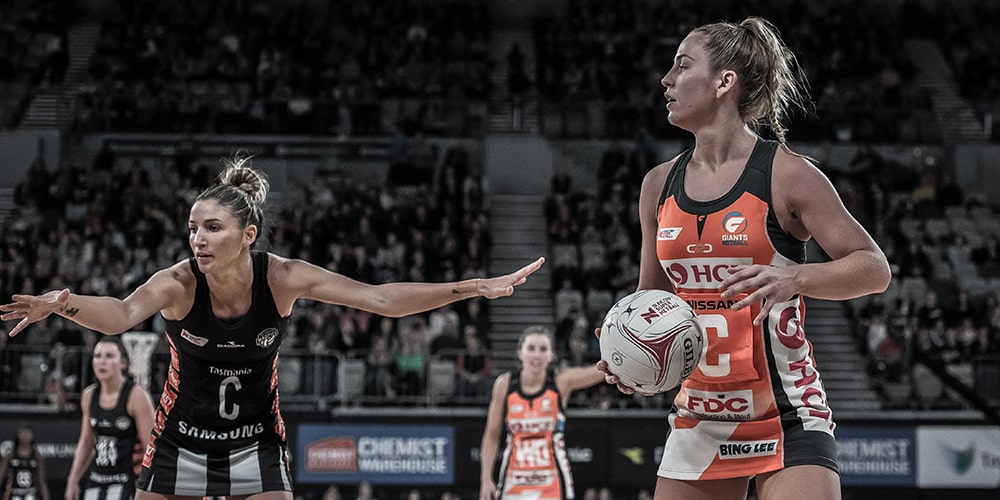Make an Appointment
Both amateur and professional basketball players attend at Physio Inq Sutherland & Engadine Physio with these common injuries:
- Mallet fingers
- Lateral ankle sprain
- Foot stress fractures
- Knee injuries: ACL, MCL, meniscus, patellar tendinopathy
- Hamstring strains
Mallet Fingers
Mallet finger occurs when the ball strikes a player’s finger and forces the finger into flexion while the extensor muscles are contracting.
In basketball, it usually occurs when:
- Attempting to steal the ball
- Going up for a rebound
- Receiving a pass
- Dribbling was disrupted by the defender
Symptoms: pain and tenderness on touch, swelling, bruises, loss of range in the joint.
Management: Apply ice to the finger 15-20 minutes 2-3 times per day, and elevate the finger, for pain and swelling management. Use tape or a splint to limit range of motion in order to protect the joint. Under the guidance of a physio, you can gradually load and strengthen.
Lateral Ankle Sprains
Lateral ankle sprains occur in basketball by:
- Abrupt change in direction (crossover, cut, defend)
- Poor landing after lay up
- Landed on someone’s foot
Physiotherapists will treat an ankle sprain by POLICE soft tissue management, restoring active range of motion, single leg balances, reducing muscle imbalances, and strengthening the ankle muscles.
Stress Fracture
Most stress fractures occur in the weight-bearing bones of the lower leg and the foot. More than 50 percent of all stress fractures occur in the lower leg.
A physiotherapist will treat stress fractures in the foot with:
- Load management
- Work on muscle imbalance
- Calf muscle building
- Checking footwear
Knee Injuries
Knee injuries can be both acute and chronic in basketball players. Acute injuries include ligament rupture and meniscus injuries, like ACL and MCL injuries, caused by poor landing, a direct blow to the knee and abruptly changing direction (e.g. during crossover or when playing defense). The most common chronic injury is patellar tendinopathy, which has a high incidence in sports that involve high speed and power demands.
Your physiotherapist might prescribe these exercises:
- Squat and heel raises
- Single leg hurdle hop
- Lunges
- Crab walking
- Lateral bounds
- Power step up
Hamstring Strain
Hamstring strain is common in sports like basketball that involve sprinting, acceleration, deceleration, rapid change in direction and jumping. Potential risk factors include muscle imbalance, muscle flexibility, previous hamstring injury and age.
Your physiotherapist may treat hamstring strain by:
- Restoring range of motion
- Working on muscle imbalance (e.g. hamstring and quadriceps strength ratio)
- Working on muscle flexibility (e.g. tight hip flexors)
- Eccentric strengthening exercises like prone leg drops, Nordic hamstring Ex, single leg deadlift.
If you’re worried that you may have developed one of these common basketball injuries, our Physio Inq physiotherapists can help you manage the pain and learn effective exercises with a specialised treatment plan just for you.
Call us today or book online for your next appointment. We look forward to helping you restore any imbalances and get you back on the court!
Date Published: Thursday, February 20, 2020
Locate a Mobile Physiotherapy
Service Near me
Get the experience & convinence you deserve to support your or a loved one's allied health needs.
Our Mobile Physiotherapy team are currently serving & taking appointments in the following states and regions in Australia:
Need to get into direct contact with ur Client Services team? We're all ears. Call our team directly on 1300 731 733
















